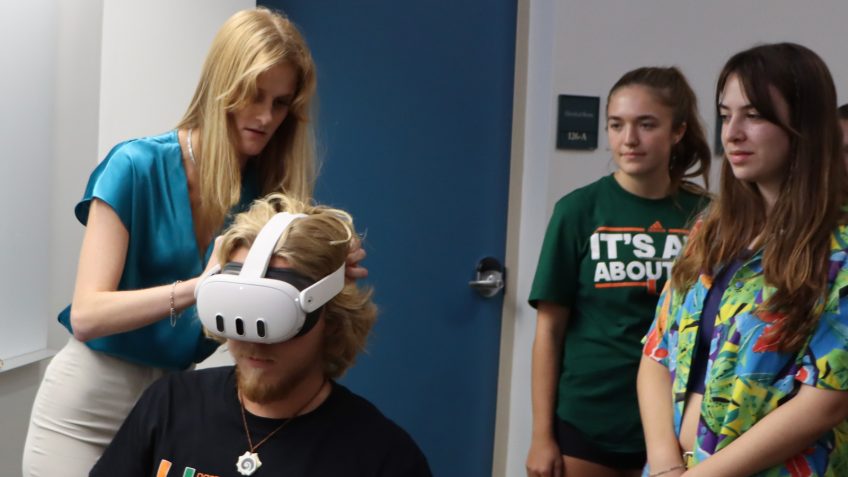Innovation, insight and impact: groundbreaking research through the 2024 hurricane season
November 30th marks the official end of the 2024 Atlantic hurricane season. Throughout this active season, NOAA scientists set new records in tropical cyclone research that will improve forecasting accuracy, enhance our understanding of storm behavior, and strengthen preparedness efforts for communities in hurricane-prone regions. Their dedication and innovation contribute to a safer and more […]











